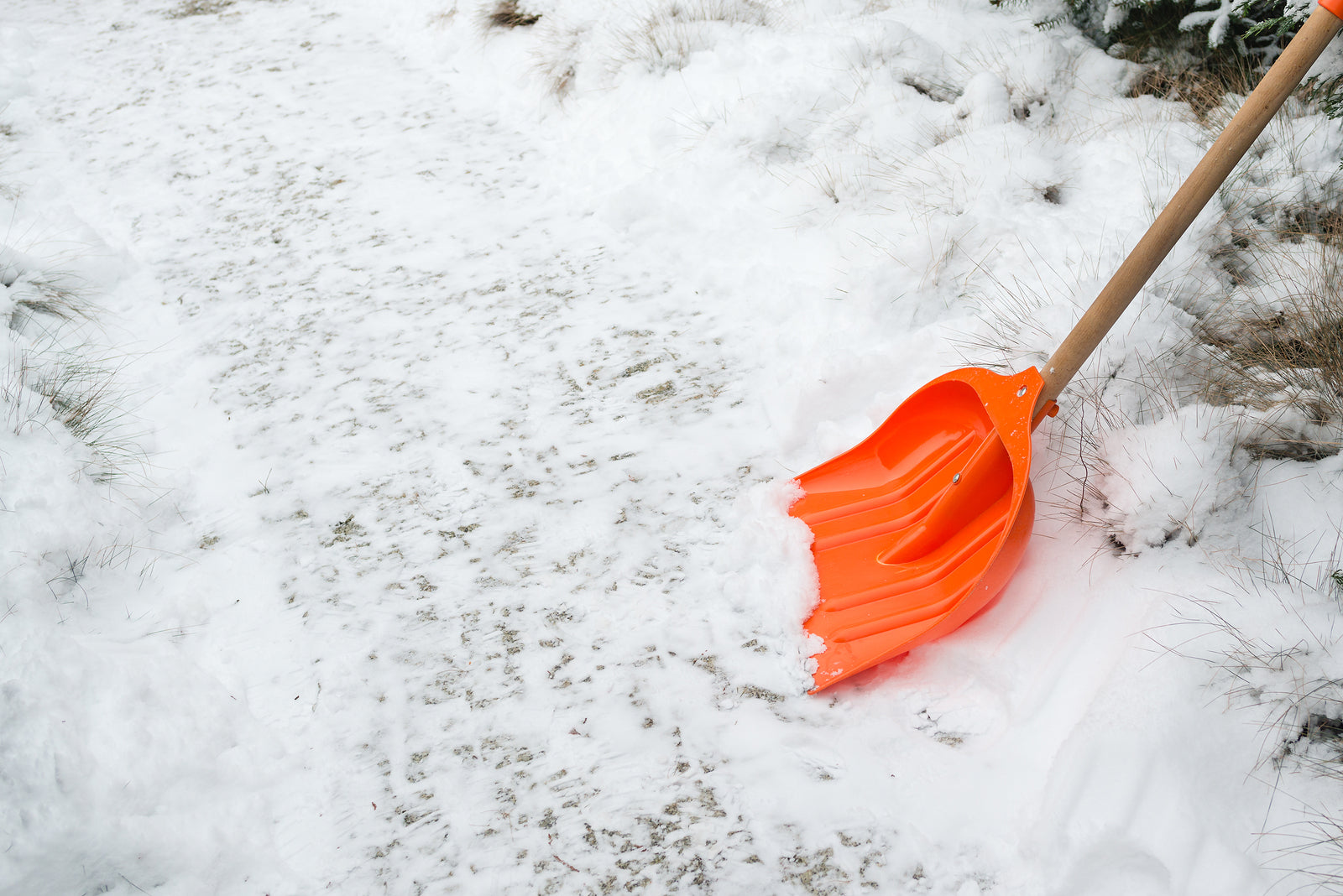
The winters can be cruel to everyone, but since they reside outdoors 24/7 for a good few months of the year, our driveways take a particularly harsh beating. Between constant freeze-thaw cycles, shifting, and undulation, asphalt and cement driveways are a mess by the time spring rolls around.
It doesn’t matter what type of driveway you have either, they’ll all be singing the winter blues by the end of the season. Water can seep into a concrete driveway and tear it apart from the inside as it thaws and refreezes continuously throughout the winter. Asphalt driveways can bubble and warp from all the moisture that gets trapped below. Even the mortar between brickwork can suffer from salt, snow, and ice.
And driveway repairs are a complicated matter, frequently requiring heavy-duty machinery or materials. So what’s a homeowner to do once the winter has gone and the damage starts to surface? Here’s a quick guide on what touch-ups you can do on your own and exactly how to repair your driveway from the winter apocalypse.
General Driveway Repair Tips
- Start by assessing the cause of the damage. Was it the type of de-icer you used? Was it the freeze-thaw cycle that got under your driveway material? Are you using a metal shovel that is wearing away at your driveway’s surface? Knowing what caused the problem will help you prevent issues in the future and address the current issues.
- Measure driveway cracks to determine if this is a DIY or pro job. Anything less than ¼ inch (6.3 mm) wide can be tackled by a homeowner. Much bigger and you risk doing more damage than good.
- Clean up any gas, oil, or paint stains using kitty litter, or pressure wash the surface for a clean finish.
Asphalt Driveway Care
Most driveway care starts with repairing the cracks that already exist and ends with a good sealant. Here are some specific tips for asphalt driveways.
- Use asphalt-patching products to fill in the cracks. Clean out the cracks before applying the filler so the solution takes a firm grip on the material it is binding to.
- Fix depressions in asphalt driveways by cutting out the problem area and replacing it with a new patch of asphalt. This is generally a pro job, but if you opt to do it yourself, remember to lay down extra gravel before pouring hot asphalt to prevent the issue from reoccurring. You can also use cold patching products to get the job done.
- Use a coal-tar or asphalt-emulsion sealer on asphalt.
Cement Driveway Care
Cement driveways also require cleaning, filling, and sealing.
- A quick cement mix and concrete resurfacer can help fill in the cleaned out cracks and make the driveway look as good as new. A handy DIYer can clean the surface, remove hanging pieces from the crack, mix the material, fill in the cracks, and spread the resurfacer all on their own.
- Use a trowel to get the mixture deep into the crack and smooth it out on top.
- Apply a second coat to the surface of the concrete driveway the next day after the first one has dried.
- Siloxane and acrylic sealants will work best on concrete driveways.
Other Helpful Driveway Fixing Up Tips
Here are a few helpful tricks that you can use when repairing your driveway this spring.
- Studded snow tires ruin your driveway. Fill in these holes after a long winter of riding your plow or truck across the cement.
- Use a wire brush to get off any loose bits when cleaning and prepping a crack.
- Sealant should be applied every 3-5 years depending on the weather and quality of sealant.
And of course, an ounce of prevention is worth a pound of cure.
- Have a proper driveway heating system in place before the winter to save the headache come springtime. Invest in a smart solution like industrial heated driveway mats to alleviate the work.
- Opt for calcium chloride for de-icing, and stay away from rock salt driveway de-icers.
- Apply sealants when the weather will be warm for a few days. Pressure wash the surface so all the debris is removed (you can sweep it if you don’t have a pressure washer). Then fill in any cracks so the sealant will hold.
- Two thin coats of sealant are better than one thick one.
Fix up your driveway in no time this spring with these handy tips for keeping your driveway safe and pristine this winter.


